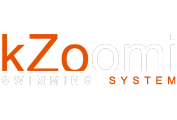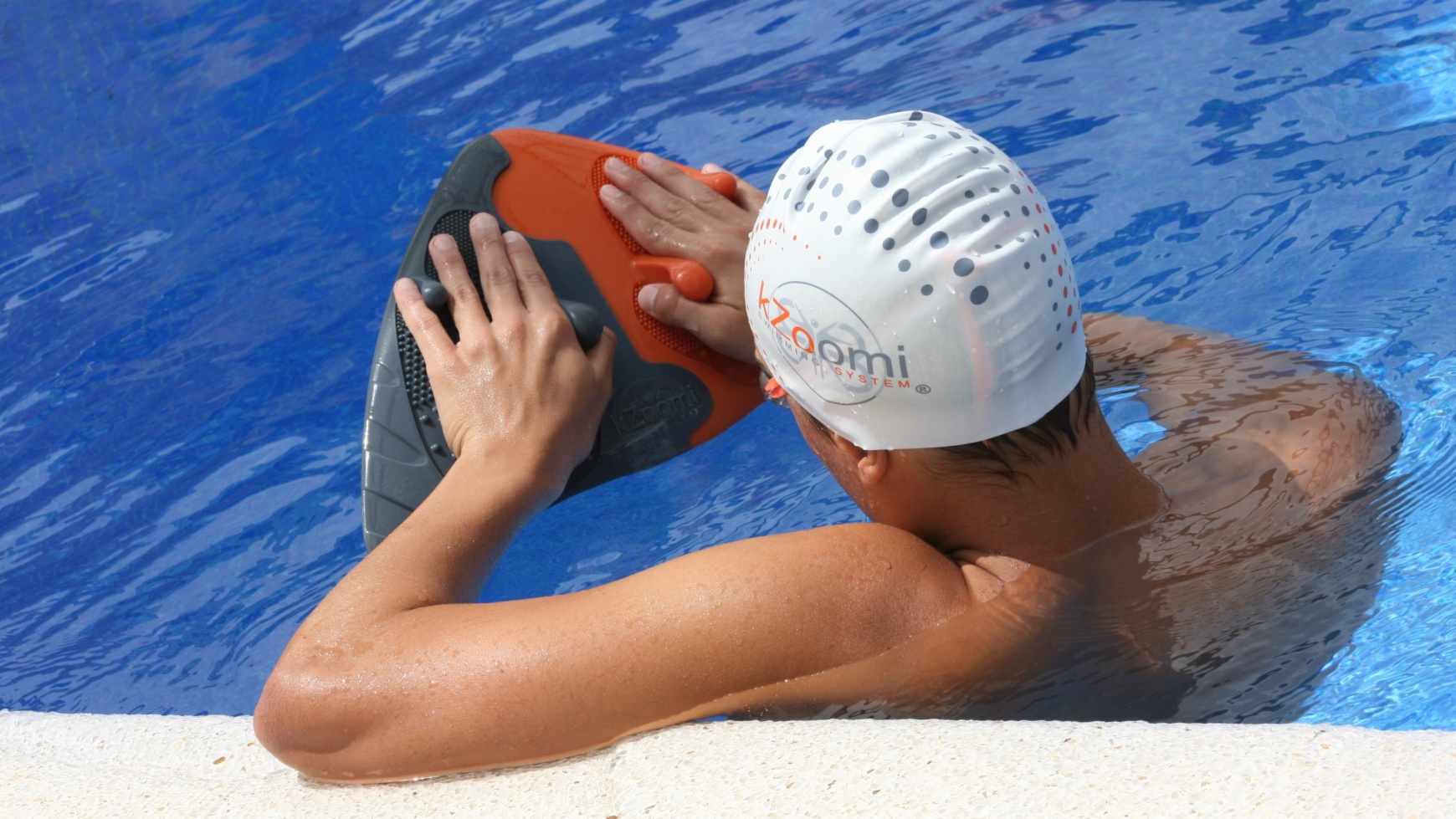Describing our path
Wish, Direction, Action...
- Sensoriality: ability to perceive emotion through senses.
- Perception: first understanding of something throughout the impressions that senses convey.
Does the movement through water need a development and maintenance of specific perception aspects?
If we ponder this question and take it objectively as an intrinsic part of swimming performance development, we realize that humans, meaning each and every sportsmen that we have in swimming or training classes, should adapt, develop and prolong (some more than others) the abilities related to basic aspects of strength, postures and balance application, and the maintenance of them during the aquatic movement, through an environment very different from the one that the human brain has phylogenetically developed to. This is water sensoriality.
“ability to perceive sensations through senses in the aquatic environment.”
(Curious enough, both hemispheres that configure our brain rule the opposite part of the body mainly: the right hemisphere, the sensorial one, manages the left side; while the left hemisphere, the mechanical one, controls the right side.)
Given that swimming is such a mechanical and repetitive sport, would this have something to do with the fact that the majority of us breath to the right side in front crawl and neglect to use both sides and breath as metabolism, tactic, technique and muscular and joint balance demand?
It exists in our sport, due to the four strokes, without forgetting turnings and kickoffs, optimal situations common to that motor variety, moments, positions and tensions which have to be kept in space and time, in order to adapt to the best way of moving. All of them stop being profitable without the sensorial perception of this essential ability.
From the coach perspective, it is basic to being introduced to the world of senses, besides knowing and personally experimenting how swimmers and triathletes receive, analyse, process and respond to the tips that we offer to them to achieve the objectives, since this instructions are the tools which helps us understand how to resolve their evolution problems and develop the maximum of their potential.
During childhood and adolescence is relatively easy to improve personal registers using methods based on physical capacity development, fundamentally because without searching, we have sportsmen with better leverage, stronger, with better metabolic conditions and a developed mind free of evolution repressions.
Is it perhaps why adult swimmer coaches’ ability is in dispute compared to those who train childs, regarding the idea that academic requirement restrain mental involvement in the process?
Pure aspects related to sensoriality, although complementary, are not decisive, and all viewers of the process (sportsman, coach, family) see how the individual evolves without questioning what will happen in the future or whether this could give us better and more durables results.
The data we are bound to analyse will serve as a trial to perceive the link between physical capacities and technical factors, in addition to understand that they have to go hand in hand and can and must be developed at the same time.
J. Bonal Pedrón




